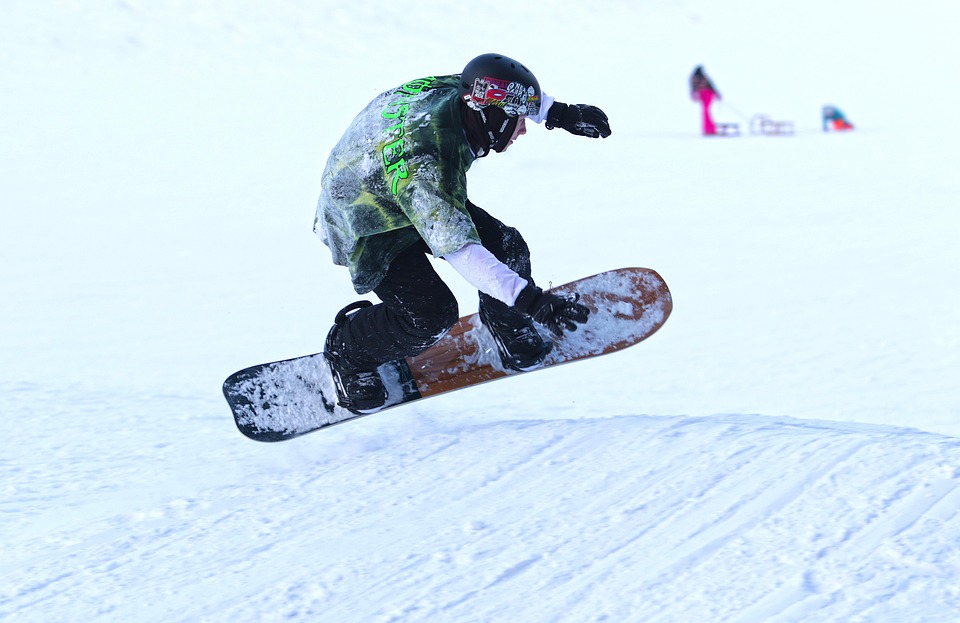Snowboarding has come a long way since its rudimentary beginnings in the 1960s. While the sport has enjoyed widespread popularity and recognition, the role of women within this landscape deserves special attention. Trailblazers in women’s snowboarding have not only paved the way for female athletes but have also transformed the culture of the sport itself. This article celebrates key figures, milestones, and the ongoing impact of women in snowboarding.
The Early Years: Challenging the Norms
In the early days of snowboarding, the sport was largely male-dominated. However, this did not deter pioneering women from making their mark. In the late 1980s and early 1990s, athletes like Lynsey Dyer and Jamie Anderson emerged, challenging stereotypes and breaking barriers. Their participation helped shift public perception, showing that women could excel in a sport often viewed as extreme and physically demanding.
During these formative years, women faced numerous challenges, including limited access to competitions and sponsorships. Despite these obstacles, they showcased remarkable talent and resilience. Lynsey Dyer, for example, played a crucial role in raising the profile of women in the sport and advocating for increased opportunities.
Breaking Barriers: The Pioneers
The late 1990s and early 2000s witnessed the emergence of some of snowboarding’s most iconic female athletes. Kelly Clark, one of the most recognizable names in the sport, became the first woman to land a 1080 in competition and garnered several Olympic medals. Her success not only inspired a generation of female athletes but also brought significant media attention and sponsorship to women’s snowboarding.
Similarly, Shaun White’s domination of the sport created a parallel environment for female athletes to thrive. As the spotlight on men’s snowboarding grew, women like Clark leveraged this momentum to secure their place in the competitive arena. The X Games and Olympics began including more opportunities for women, with the first Women’s Halfpipe event taking place at the 2002 Salt Lake City Olympics.
The Modern Era: Empowerment and Community
Today, the landscape of women in snowboarding is more vibrant than ever. Athletes like Chloe Kim, Layne Reilly, and Anna Gasser have not only achieved remarkable success on the competitive stage but have also become advocates for inclusivity and diversity in the sport. Chloe Kim, who became a household name after winning a gold medal at the 2018 PyeongChang Olympics, embodies the new wave of athletes who leverage their platform to inspire young girls to pursue their passions.
Moreover, communities dedicated specifically to women in snowboarding have emerged. Organizations like Women’s Snowboarding Network and events such as The Women’s Snowboard Summit provide spaces for female riders to connect, share experiences, and develop their skills. These initiatives play an essential role in fostering new talent, mentorship, and a supportive community where women can thrive.
Cultural Impact: Redefining Norms
The influence of women in snowboarding transcends the sport itself. Female athletes are reshaping how we view femininity, strength, and athleticism. They challenge traditional gender roles and inspire activism, awareness, and growth in an industry that was once reluctant to welcome them.
Social media has played a significant role in amplifying these voices. Platforms like Instagram and TikTok allow female snowboarders to document their journeys, share tips, and showcase their skills in ways that were not possible before. This visibility encourages new generations to participate in snowboarding, ensuring that the sport continues to evolve and grow.
The Path Ahead: Looking Towards the Future
While significant progress has been made, there are still hurdles to overcome. Sponsorship gaps remain, and many women’s competitions lack the funding and media attention that their male counterparts receive. However, with the continued efforts of athletes, advocates, and community organizations, the future looks bright.
The commitment to inclusivity and empowerment can serve as a cornerstone for how snowboarding evolves. From grassroots initiatives and increased visibility in competitions to fostering mentorship programs, the pathway for future generations is unfolding with promise.
Conclusion
Women in snowboarding have transformed the sport in profound ways. From pioneering trailblazers to contemporary icons, their impact is immeasurable. As we celebrate their achievements, it’s essential to continue supporting and enhancing opportunities for women in snowboarding, ensuring that the narrative remains a positive one for years to come. With each ride down the slopes, female snowboarders carry forward the legacy of those who broke barriers before them, proving that the mountains are indeed meant for everyone.

